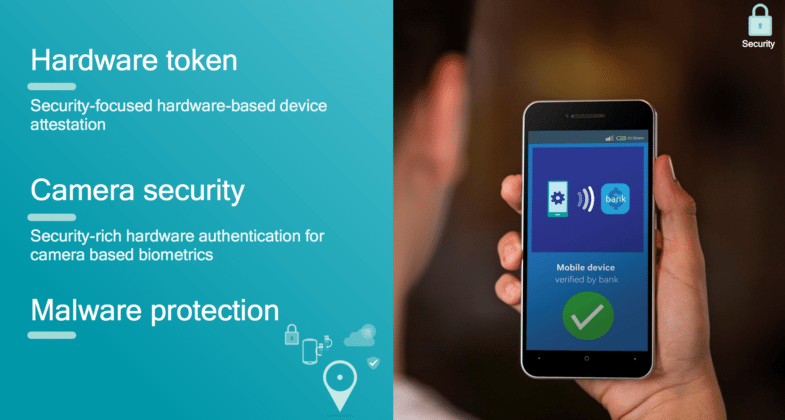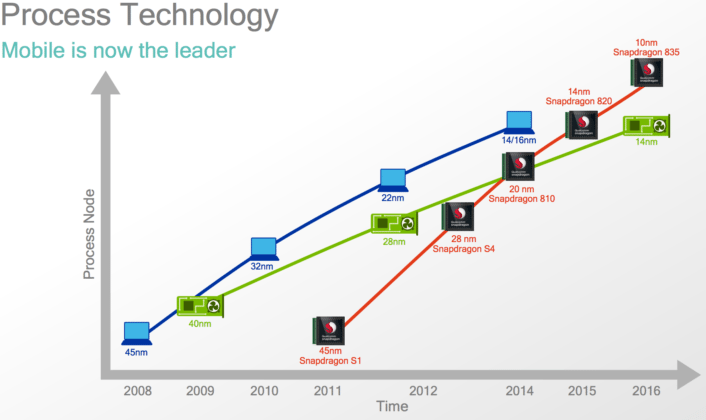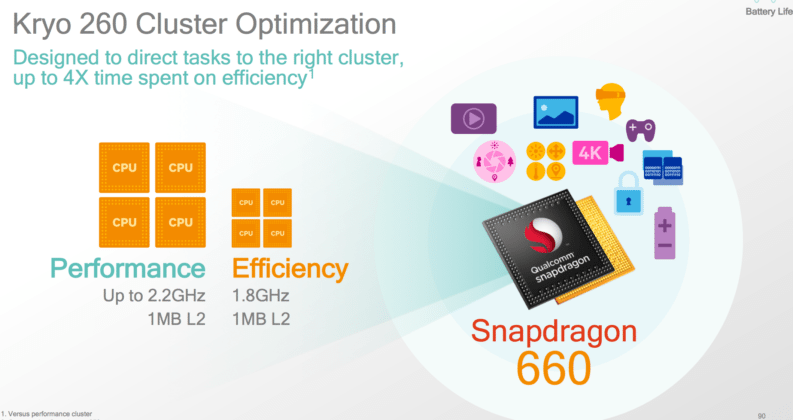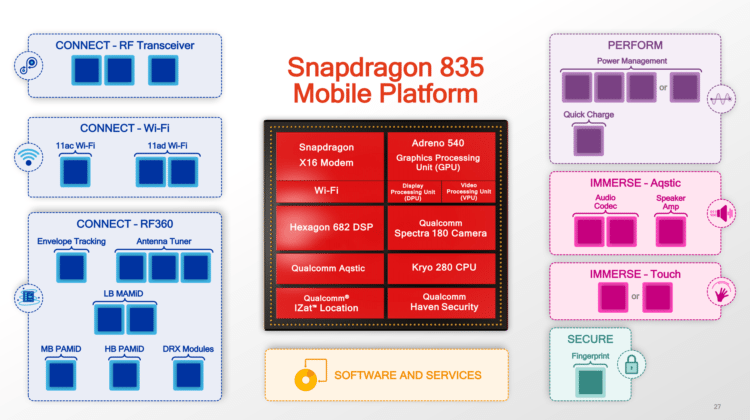Larry Paulson, vice president and president, Qualcomm India speaks with Dilin Anand from EFY.

The process node seen in the new Snpadragon 835 series is at 10nm, with 3 billion transistors in it. Simultaneously, it is also physically 35% smaller than the previous generation. Power consumption on the SoC is lower, and the smaller package size enables engineers to put in larger batteries or more space for other features.
It is important that an invention is not limited to the high end but available across the board and trickles down to mass consumers later. The preferred computing platform for most people have moved from desktops to mobile devices.
This is in part aided by system-on-chips and their amazing compute capability today, as well as the connectivity offered by LTE. The total number of 3G/4G subscribers surpassed 2G subscribers last year. Video content and social networking seems to be the driving factor behind this from the consumer side. Mobile connections in this region is 1.1 billion. Even the unique number of mobile connections at 700 million, is greater than the entire population of most other countries in the world!
Any major milestone that your team has crossed this year?
Process technology for Qualcomm mobile chips were trailing the blue-eyed PC competitor for quite some time. But they have now leap frogged PC and graphic card manufacturers.
What’s noteworthy about the 835 chips compared to previous generations – other than improved specs?
Traditionally Snapdragon was known as a mobile platform. Snapdragon 820 & 821 – came with 18:9 aspect ratio, HDR, was seen on Google Pixel and similar devices. With the 835, Qualcomm launched this chip first on an AR headset. You can also see it in drones, computers, and more. Sony’s second device with 4K display also showed gigabit speeds on devices. We also showed that we can help enable optical zoom. We are also helping certain devices with AI capability.
Any interesting features that you would like to talk about here?
Google does something called HDR+ processing in their smartphone. What they did HDR+ is that, it collects frames from each photo and selects the best photo out of it. The new Adreno 540 GPU, which brings 25% increase in graphics rendering is a good choice for systems trying to enable features like these.
Second, machine learning using the DSP on Snapdragon 835 allows us to implement interesting features including malware detection. Third, these chips being pin and software compatible, it allows engineers to leverage existing investments on hardware and software for utilizing out new chips. There is also a new block in the Snapdragon X16 LTE modem, which brings in gigabit speeds.
There seems to be a lot of buzz around iris-based security. Why?
Iris itself has many more identifiers on it than a fingerprint, thus providing a higher level of security. You need to have a certain higher amount of processing power and other capabilities to convert it into iris based security and that’s what today’s chips are capable of.
What’s a strong growth story about India that you can share?
Strong growth of 4G shipments is being seen in India, partly because 4G networks are being aggressively built up in India. While 3G shipments are dying down as a result, it does not mean that we will not focus on 3G. When we launch a 4G solution, it contains 3G and 2G as backup technologies. It’s just that our emphasis is on 4G. In India, there are 400M internet connections, but wireless is the only way to scale up this reach at a faster pace. India is also the largest data consumption market in the world.
What’s an India specific challenge today that you believe can be solved?
80% of all phones consumed in India are assembled in India today, but there is a lot more to be improved. It is not sustainable to be a full consuming company without having a full cycle of product development. This means that we need design training and reference designs on the ground, lab services across the country as well as regulatory and market requirements based customisations. We need to understand what these local requirements are to build those into our supply chain.
Could you share an example of an India-centric product development done at Qualcomm?
Catering to the need for a 4G feature phone is one of the things we have focused on in India. For something like this our teams looked at memory footprint reduction, display technology changes and things of that nature. It was built and designed with mass market India in mind.
What’s your outlook on India’s presence in the technology industry?
The fact that India has a good software development base and very good end-to-end product understanding helps put India upfront as a source for new product development.










